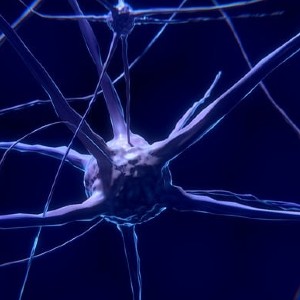Electrical stimulation in lower motoneuron lesions, from scientific evidence to clinical practice: a successful transition

Submitted: 31 January 2023
Accepted: 28 April 2023
Published: 8 June 2023
Accepted: 28 April 2023
Abstract Views: 524
PDF: 209
HTML: 8
HTML: 8
Publisher's note
All claims expressed in this article are solely those of the authors and do not necessarily represent those of their affiliated organizations, or those of the publisher, the editors and the reviewers. Any product that may be evaluated in this article or claim that may be made by its manufacturer is not guaranteed or endorsed by the publisher.
All claims expressed in this article are solely those of the authors and do not necessarily represent those of their affiliated organizations, or those of the publisher, the editors and the reviewers. Any product that may be evaluated in this article or claim that may be made by its manufacturer is not guaranteed or endorsed by the publisher.
Similar Articles
- Sandra Zampieri, Ines Bersch, Piera Smeriglio, Elena Barbieri, Simona Boncompagni, Maria Chiara Maccarone, Ugo Carraro, Program with last minute abstracts of the Padua Days on Muscle and Mobility Medicine, 27 February – 2 March, 2024 (2024Pdm3) , European Journal of Translational Myology: Vol. 34 No. 1 (2024)
- The Editors, Abstracts of the 2016 Spring Padua Muscle Days: Muscle decline in aging and neuromuscular disorders - Mechanisms and countermeasures | Terme Euganee, Padua, Italy, April 13-16, 2016 , European Journal of Translational Myology: Vol. 26 No. 1 (2016)
- The Editors, Abstracts of the 2017 Spring Padua Muscle Days: Translational Myology for Impaired Mobility | Euganei Hills, Padua, Italy, March 23-25, 2017 , European Journal of Translational Myology: Vol. 27 No. 2 (2017)
- Sandra Zampieri, Ines Bersch, Piera Smeriglio, Elena Barbieri, Massimo Ganassi, Christiaan Leeuwenburg, Riccardo Rosati, Paolo Gargiulo, Amber Pond, H. Lee Sweeney, Ugo Carraro, Five Padua days on muscle and mobility medicine (2024Pdm3) 27 February - 2 March, 2024 at Hotel Petrarca, Thermae of Euganean Hills, Padua, and San Luca Hall, Prato della Valle, Padua, Italy , European Journal of Translational Myology: Vol. 33 No. 4 (2023)
- Ugo Carraro, Exciting perspectives for Translational Myology in the Abstracts of the 2018Spring PaduaMuscleDays: Giovanni Salviati Memorial – Chapter IV - Abstracts of March 17, 2018 , European Journal of Translational Myology: Vol. 28 No. 1 (2018)
You may also start an advanced similarity search for this article.

 https://doi.org/10.4081/ejtm.2023.11230
https://doi.org/10.4081/ejtm.2023.11230




